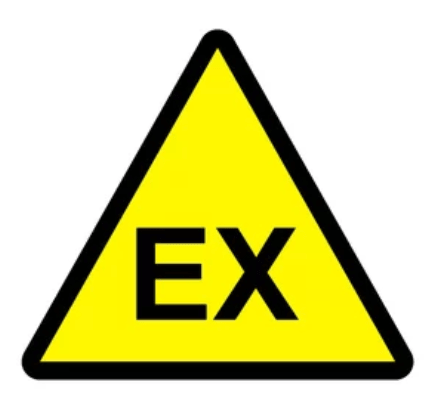In the world of industrial measurement technology temperature sensors play a decisive role in the monitoring and control of thermal processes. Their selection requires careful consideration of various technical parameters to ensure the quality and efficiency of applications. In this guide, we highlight the key criteria that technicians and engineers should consider when selecting temperature sensors.
-
Design of the temperature sensor: The physical design of the temperature sensor is a decisive criterion that determines the installation and function in different measuring environments. With its ThermGuard® series, SEIKOM Electronic offers a variety of designs that can be adapted to various requirements - whether in industrial or commercial applications. HVAC area - are customized.
- Outdoor temperature sensors: These are specially designed for outdoor use and withstand the effects of weather and temperature fluctuations in outdoor areas.
- Room temperature sensors: They measure the temperature indoors and are designed for aesthetics and the need for unobtrusive integration into building management systems. They are often room temperature sensors also available as combined devices for simultaneous temperature measurement, pressure, humidityair quality (VOC) and CO2.
- Immersion temperature sensors (duct temperature sensors): These sensors are designed to be immersed in liquid or gaseous media or mounted in air ducts in order to measure the temperature there. They are often used in conjunction with an immersion sleeve so that the sensors can be checked and maintained without interrupting the process to be monitored.
- Contact temperature sensors (contact temperature sensors): They are designed to measure the surface temperature of pipes or containers by placing them directly on the surface to be measured.
- Temperature switch: These components are not only used for measuring, but also act as a switch that is activated when a certain temperature value is reached. In this way, defined minimum or maximum values can be easily monitored.
- Temperature-current converter: They convert the measured temperature into a current signal that is used for further processing or display.
- Resistance thermometers: They use the property that the electrical resistance of a metal alloy changes with the temperature to make very accurate measurements.
- Thermocouples: These consist of two different metals that are connected at one end. They use the Seebeck effect to measure temperature and are particularly suitable for high temperatures and fast reactions.
-
Measuring range
An adequate sensor must be able to precisely detect the temperature fluctuations that occur in the respective application. Check the specifications of various temperature sensors to ensure that the sensor can cover the required temperature range. -
Output signal
Ensure that the temperature sensor is compatible with existing measurement and control systems. Modern temperature sensors offer a wide range of communication options. The most common output signals in industrial measurement and control technology include analog outputs (4-20 mA and 0-10 V) and digital outputs such as Modbus. -
Accuracy and resolution
Depending on the area of application of the temperature sensor, accuracy is an aspect that should not be neglected. The resolution indicates how finely the measured values are resolved. High accuracy and resolution are essential, especially in precision applications. -
Ambient conditions
Consider the ambient conditions to which the temperature sensor will be exposed. Factors such as humidity, pressure, chemical influences and mechanical loads influence the choice of suitable sensor housing and sensor material. -
Sensor type
There are various sensor types, including thermocouplesresistance temperature detectors (RTDs), semiconductor sensors and infrared sensors. Each of these temperature sensors has specific properties that make them ideal for certain industrial applications. Choose the sensor type that best suits your specific application. -
Response behavior
The response behavior, or response time, is also a critical selection criterion. This refers to the time it takes for the temperature sensor to respond to temperature changes. In dynamic processes, where the temperature changes rapidly, fast response times are required. -
Certification and verifications
Compliance with industry standards and certification verifications is another critical feature when choosing temperature sensors. These certificates attest to the quality and process reliability of the sensors produced and guarantee that they meet certain standards and quality requirements. Factory certificates are an important component for companies that need to document their quality assurance processes. They are particularly relevant in areas such as the pharmaceutical, food and chemical industries, where traceability and compliance with strict standards are required. SEIKOM Electronic offers factory and acceptance test certificates free of charge for a large number of its products - underlining our commitment to the highest quality standards and customer satisfaction.
-
Factory certificate in accordance with EN 10204-2.2: The factory certificate 2.2 is a declaration by the manufacturer confirming that the products supplied meet the requirements of the order and that test results based on non-specific tests are available. It is a general confirmation that the sensor has been manufactured in accordance with standard specifications.
- Inspection certificate in accordance with EN 10204-3.1: The inspection certificate 3.1 also contains specific test results that are confirmed by authorized personnel independently of production. It provides information on the chemical composition and mechanical properties of the materials used. This certificate guarantees that each individual sensor has been subjected to specific tests and found to be good.






